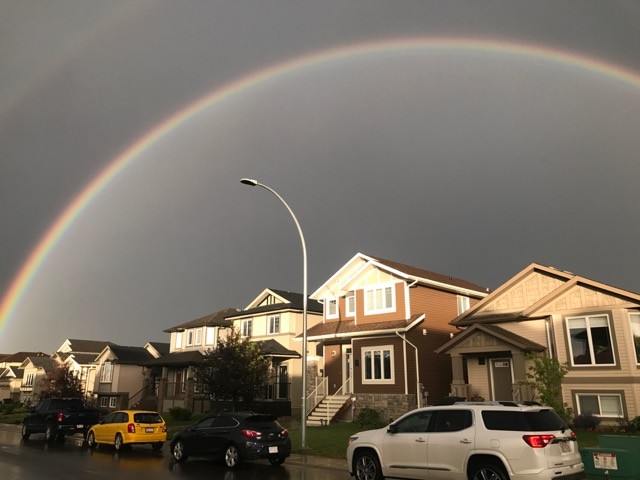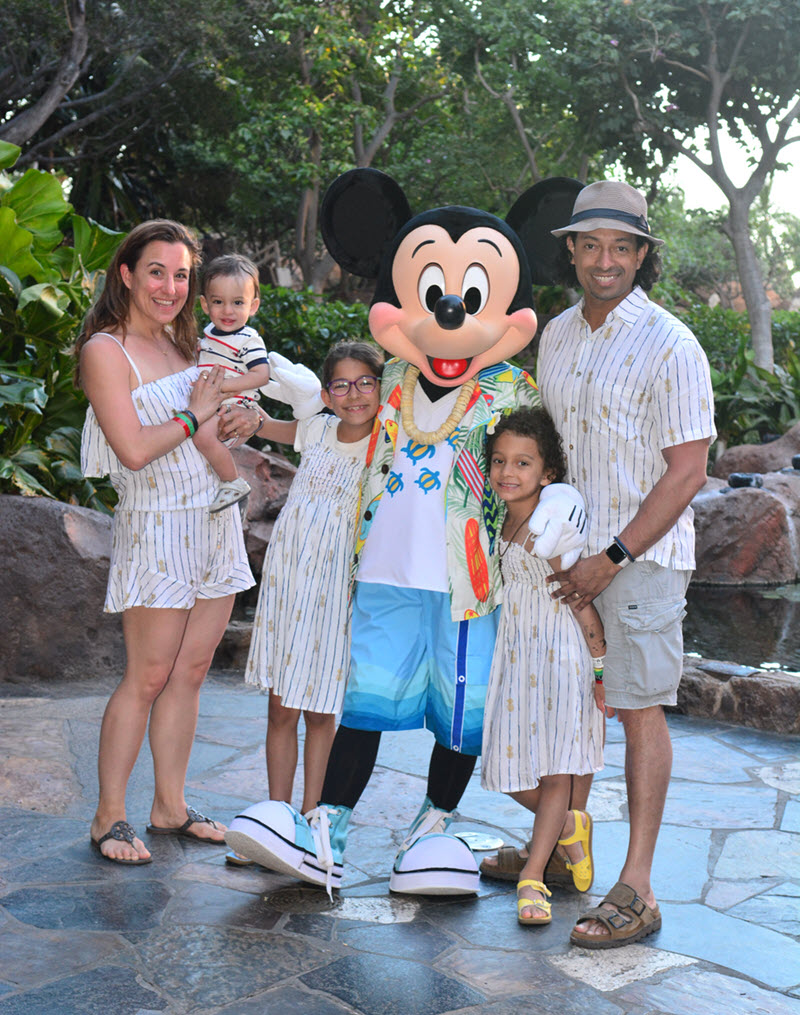Yesterday was my first day of residency: July 4th, Independence Day. I couldn't help but smile given it was my first day as an independent doctor…well, sort of
What is residency? How does medical school work? Patients often ask these questions, curious about the training requirements. They often laugh and make
side comments such as "man, you've probably been in school forever." Ah yes, yes I have. But most of my colleagues haven't been in school quite as long, so I thought I'd briefly clarify how this works in Canada.
There are two types of medical programs in Canada: 4 year programs and 3 year programs. Both require students to meet the same knowledge and training requirements. The big difference is that 4 year programs have vacation time built in and allow students to do summer research programs and extra electives. 3 year programs have a two week March break and Christmas – that's it. Most students admitted to medicine have completed an undergraduate degree, but there are a few that sneak in after only 2 or 3 years of undergrad. Then there are those of us who have no idea if we like research or medicine or both and find ourselves completing a masters or PhD along the way. Rithesh (Dr. Ram) was in the CoOp Engineering program for undergrad (5 years) and then went into the dual MD/PhD program (a long long time). I completed an honours BA, then an MA and then the dual MD/PhD program. Combined we've been in school longer than our teenage patients have been alive. We joke that this stems from our avoidance of real life; but really, it comes from our insatiable thirst for knowledge and desire to always keep learning.
What happens after medical school? We apply and match (after lots of praying) to a specialty residency program (ranging from 2-5 years of extra training). We spend tons of money flying across the country, interviewing at dozens of school, hoping to fit the bill and be "ranked" by a program. Mine is rural family medicine (2 – 3 years, depending on whether I choose to do an extra year in a specific area like anesthesia). Residency is like an apprenticeship of sorts – we've passed our licensing exam and can write prescriptions and carry the letters "Dr" and "MD" in our pockets – but we continue to be evaluated by our teachers on a regular basis. This is the time when we try to gain as much practical medicine knowledge and develop our practice habits and approach as future solo doctors.
So here I am in sunny Lethbridge, day two of residency, filled with excitement and fear about the responsibilities ahead. I'm starting with a psychiatry block, which some might consider a slow start to residency, but as a future rural family physician, this is one of the most important blocks for me. After only one day, my brain is full of new thoughts and ideas about mental health and how to better serve patients. I'd like to share one of the first lessons I learned which helps frame every mental health (albeit even human) encounter.
There are 6 primary emotions humans express: joy, sadness, anger, fear, disgust and surprise. If you have kids, you've likely seen the Disney film Inside Out and this will sound familiar. Without even realizing it, Disney has taught you about the complexities of emotion and how they impact human connection. As my preceptor (physician teacher) explained this concept, I had a flashback to a first year course at McGill in behavioural psychology, oh I don't know, 10 years ago. This isn't a new idea, but one worth keeping in mind. Primary emotions may seem rudimentary, but as a framework to understand disturbances in moral judgment, they help us determine motivation and reactions. In a sense, they are a language that helps the physician read the patient. As we get better at reading our patients, we also learn to test responses by reacting differently than expected.
I challenge you to try this with children. We took a positive parenting course when our first daughter was born and it had some great ideas and some that didn't quite jive. The best tool we did take home, however, is especially emotion driven. Next time a child near you throws a tantrum or gets nonsensically upset, rather than getting upset in return or jumping to disciplinary action, ask for a hug. I assure you it is not the reaction they expect and it melts away the frustration. That hug changes the entire dynamic of the situation and the motivation behind the tantrum (to get their way, for example) is lost and replaced by mutual care and respect. Now if only we could use hugs to solve all tantrums in this world.


